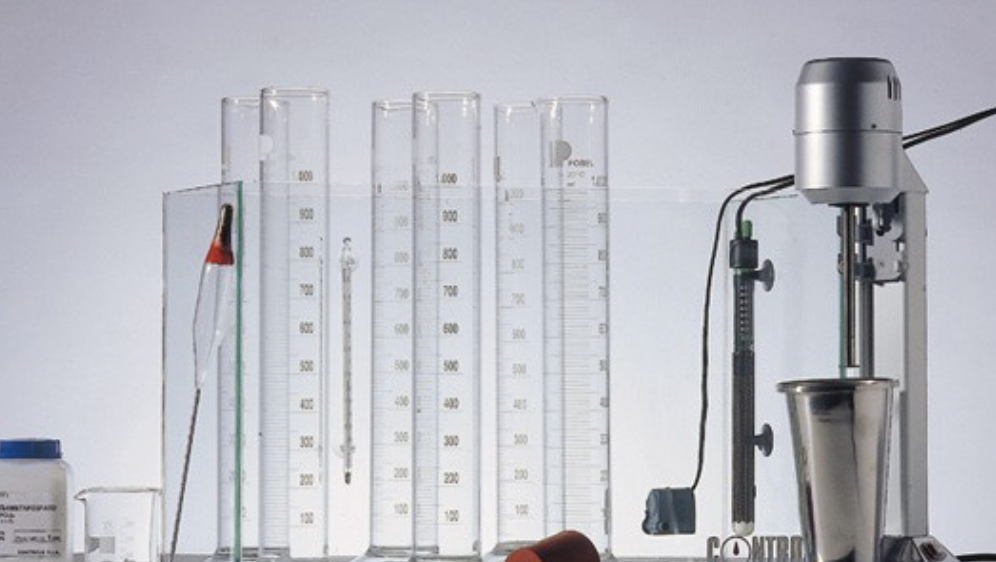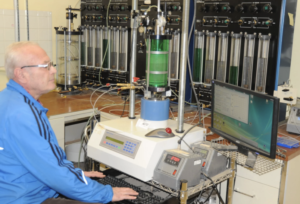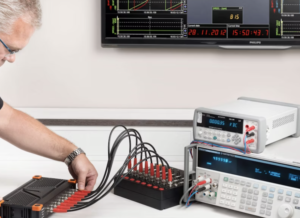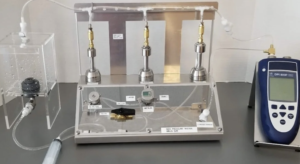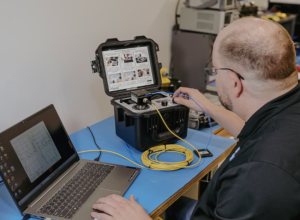Soil Hydrometer Testing: Sedimentation Method Techniques & Equipment
Soil hydrometer testing, often referred to as sedimentation testing, is one of the fundamental methods geotechnical engineers rely on to accurately determine fine-grained soil particle distribution. Whether classifying soils for construction or evaluating their suitability for infrastructure, hydrometer testing is crucial.
Hydrometer testing uses sedimentation principles to analyze the particle-size distribution of fine soils, especially particles smaller than 0.075 mm. Unlike sieve analysis, hydrometer testing reveals precise details of silt and clay content—critical to understanding soil behavior and stability.
Let’s dive deeper into how this classic method works and the tools required to perform accurate tests.
How Does Hydrometer Testing Work?
To understand hydrometer testing, it’s essential to grasp the sedimentation process itself. The method follows Stokes’ Law1, relating particle settling velocity to particle diameter and fluid viscosity.
Hydrometer testing involves mixing a soil sample thoroughly in a water suspension. A calibrated hydrometer is then placed into this suspension to measure the liquid’s density at specific time intervals. Larger particles settle quickly, reducing the density gradually, while finer particles remain suspended longer. These density readings enable calculation of soil particle size distribution2.
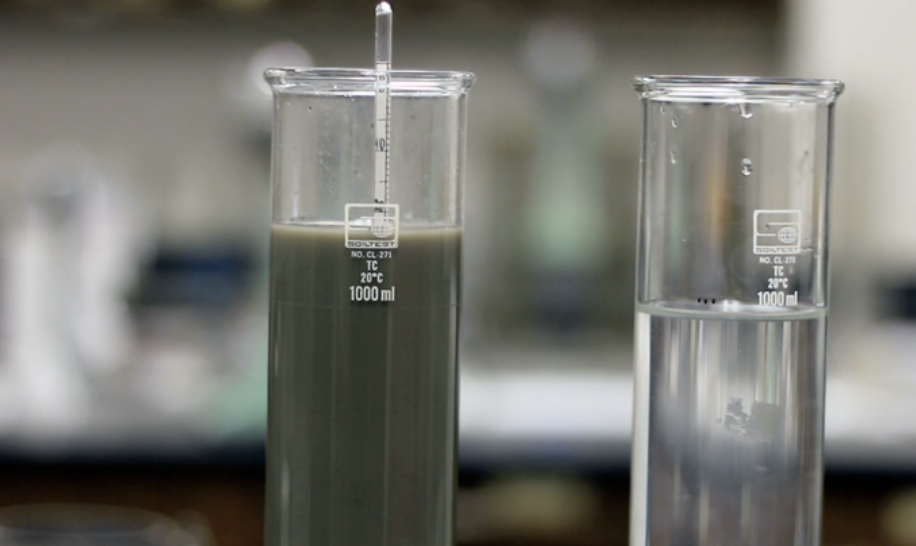
Sedimentation Process Explained:
The principle behind hydrometer testing3 relies on particle size and settling speed. Larger particles sink faster, causing density changes in the suspension. The hydrometer, calibrated to measure specific gravity4, sinks deeper as density decreases.
Typical Test Procedure:
- A soil sample is mixed with water and a dispersant (e.g., sodium hexametaphosphate).
- The suspension is vigorously stirred to achieve uniform dispersion.
- A hydrometer is inserted at timed intervals (commonly 2 min, 5 min, 15 min, 30 min, 1 hour, etc.).
- Hydrometer readings at these intervals reflect particle settling progress.
| Time Interval | Particle Size Measured | Sedimentation Status |
|---|---|---|
| 2 min | Sand and coarse silt | Partially settled |
| 15 min | Medium to fine silt | Moderately settled |
| 60 min | Fine silt and clay | Partially suspended |
| 24 hrs | Fine clay | Mostly suspended |
What Equipment Is Required for a Hydrometer Test?
Accurate hydrometer analysis demands specific lab equipment. Although the test itself is straightforward, precise and calibrated tools are essential for reliable results.
Key equipment includes:
- Hydrometer (ASTM 152H or equivalent)5: A precisely calibrated instrument measuring suspension density.
- Sedimentation Cylinder: Typically, a 1000 ml graduated cylinder used for soil-water mixture.
- Dispersing Agent6: Usually sodium hexametaphosphate, ensuring particles don’t clump together.
- Mechanical Stirrer or Shaker: For achieving homogeneous soil-water suspension.
- Thermometer: Necessary for correcting readings to a standard temperature.
- Timer: Ensuring accurate intervals between measurements.
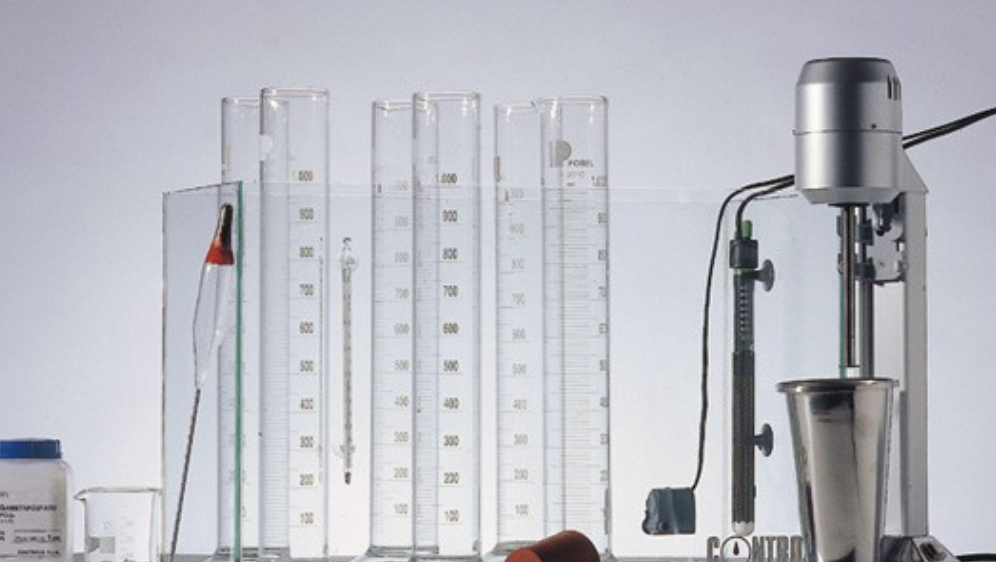
Essential Equipment Breakdown:
| Equipment | Function |
|---|---|
| Hydrometer | Measures the density changes during particle settling |
| Graduated Cylinder (1000 ml) | Holds the soil-water suspension |
| Dispersant | Prevents particle agglomeration (clumping) |
| Mechanical Stirrer | Achieves uniform dispersion |
| Thermometer | Ensures accurate temperature correction |
| Stopwatch or Timer | Accurate timing of sedimentation intervals |
Having high-quality, calibrated equipment ensures the repeatability and reliability of your hydrometer test results.
Why Is Hydrometer Analysis Important in Geotechnical Work?
Hydrometer analysis might seem like a simple lab test, but it provides indispensable data for many geotechnical applications. Fine soil particles significantly influence soil behavior, especially regarding compressibility, permeability, and strength.
Hydrometer testing accurately quantifies the fine fraction—especially clay and silt—which greatly impacts soil performance in engineering projects. Identifying fine-grained soils helps engineers predict behaviors such as swelling, shrinkage, settlement, and drainage capabilities.
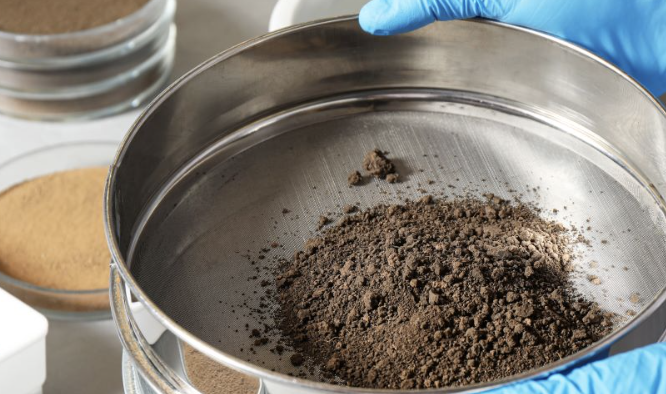
Geotechnical Applications of Hydrometer Analysis:
- Soil Classification (USCS/AASHTO): Essential for categorizing fine-grained soils based on ASTM D422 or ISO standards.
- Foundation Design: Clay-rich soils often require careful handling due to swelling and shrinkage.
- Earthworks and Embankments: Determines soil suitability for embankment and slope stability analysis.
- Roadway and Pavement Engineering: Particle distribution affects drainage, durability, and load-bearing capacity.
| Application | Soil Property Affected | Importance Level |
|---|---|---|
| Foundation Design | Compressibility, Swell | High |
| Roadway Construction | Permeability, Stability | High |
| Dam and Embankment Engineering | Seepage, Settlement | Critical |
| Environmental Engineering | Erosion control | Moderate |
Knowing precise soil particle distributions empowers engineers to design safely and economically.
How Can You Improve Accuracy During Testing?
While hydrometer testing is straightforward, accuracy hinges on proper execution. Small errors during preparation or measurements can greatly influence outcomes.
Improving hydrometer test accuracy7 involves meticulous sample preparation8, proper dispersion, precise temperature corrections, and careful timing of readings. Calibrating equipment regularly and maintaining consistent lab techniques dramatically reduces errors.
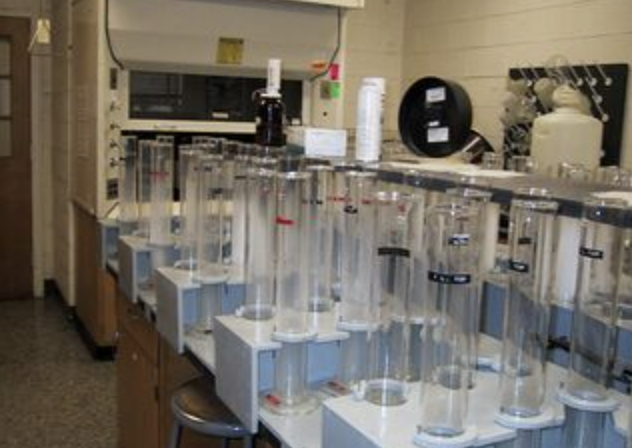
Practical Tips for Higher Accuracy:
- Ensure Proper Sample Preparation: Dry samples thoroughly, and sieve coarser particles before dispersing.
- Accurate Dispersant Use: Precisely measure dispersant to prevent particle agglomeration or excessive dilution.
- Temperature Control: Measure suspension temperature regularly, correcting readings accordingly.
- Gentle Hydrometer Insertion: Insert the hydrometer carefully to prevent agitation or turbulence.
- Precise Timing: Use timers or alarms to take consistent readings exactly at planned intervals.
| Accuracy Factor | Common Mistake | Recommended Action |
|---|---|---|
| Dispersant Amount | Incorrect measuring | Use digital scale for accuracy |
| Temperature Checks | Neglected corrections | Always record and adjust |
| Sample Stirring | Inconsistent dispersion | Mechanical stirrer recommended |
| Hydrometer Handling | Rough insertion | Insert gently, vertically |
By observing these simple yet critical measures, you can consistently achieve accurate hydrometer testing results.
Conclusion
Soil hydrometer testing remains one of the cornerstones of geotechnical soil characterization, especially for fine-grained soils. Understanding sedimentation techniques, using proper equipment, recognizing the test’s geotechnical significance, and emphasizing accuracy ensures reliable, meaningful results that underpin safe and effective engineering designs.
-
Understanding Stokes’ Law is crucial for grasping how particle size affects sedimentation rates in hydrometer testing. ↩
-
Exploring soil particle size distribution will enhance your knowledge of soil analysis and its implications in various fields. ↩
-
Explore this link to understand the detailed process and significance of hydrometer testing in soil analysis. ↩
-
Learn about specific gravity’s role in hydrometer testing, enhancing your understanding of soil density measurements. ↩
-
Understanding the significance of this hydrometer can enhance your lab results and ensure accuracy in measurements. ↩
-
Exploring the role of dispersing agents can improve your knowledge of soil analysis and enhance the reliability of your results. ↩
-
Explore this link to discover essential techniques that enhance the precision of hydrometer testing, ensuring reliable results. ↩
-
Learn about the critical role of sample preparation in hydrometer testing to achieve accurate and consistent measurements. ↩

